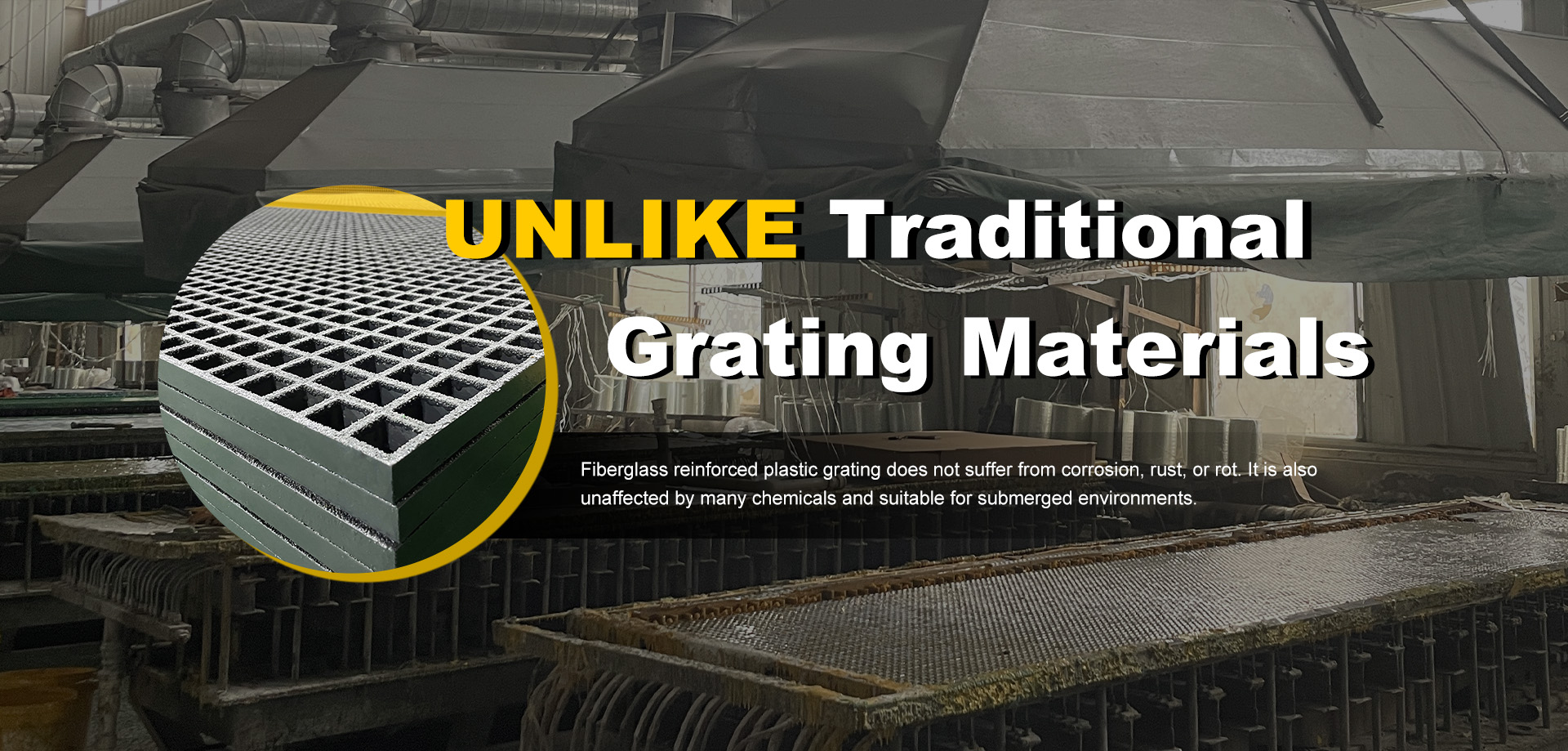loading...
- No. 9, Xingyuan South Street, Dongwaihuan Road, Zaoqiang County, Hengshui, Hebei, China
- admin@zjcomposites.com
- +86 15097380338
- Welcome to visit our website!
anti slip decking
Understanding Anti-Slip Decking A Practical Solution for Safety
In today's world, outdoor spaces are becoming increasingly important for homeowners and commercial property managers alike. However, with the beauty of these outdoor areas comes the responsibility of ensuring safety. One effective solution to enhance safety is anti-slip decking. This type of decking is designed to reduce the risk of slips and falls, making it perfect for various settings, including patios, walkways, and pool areas.
What is Anti-Slip Decking?
Anti-slip decking refers to a specific kind of flooring designed to provide traction, even in wet or slippery conditions. This is especially crucial in areas that frequently encounter water, such as around pools, spas, or in regions with heavy rainfall. The surface of anti-slip decking is usually treated with additives or textured to enhance grip, ensuring that individuals can walk safely, regardless of the weather.
Types of Anti-Slip Decking
There are several types of anti-slip decking materials available, each with its unique properties
1. Composite Decking Made from a mixture of wood fibers and plastic, composite decking is inherently resistant to moisture and rotting. Many manufacturers produce composite decking with textured surfaces or embedded anti-slip additives, providing an excellent non-slip feature.
2. Timber Decking Natural wood can also be treated for anti-slip purposes. Certain hardwoods, like teak or mahogany, have natural oils that provide some slip resistance. Additional treatments, such as sanding or the application of non-slip coatings, can enhance this quality.
anti slip decking

3. Vinyl or PVC Decking This type of decking is also popular due to its durability and low maintenance. Many vinyl deck products include anti-slip textures as part of their design, making them a suitable option for wet environments.
4. Aluminum Decking Extremely durable and often used in commercial settings, aluminum decking can be treated to create a slip-resistant surface. This option is particularly advantageous in regions where deck surfaces face harsh weather conditions.
Benefits of Anti-Slip Decking
The primary advantage of anti-slip decking is, of course, safety. By reducing the risk of slips and falls, property owners can protect themselves and their visitors from potential injuries. This not only helps in preventing accidents but also minimizes the risk of liability claims that can arise from such incidents.
Furthermore, anti-slip decking is often designed to withstand the elements. Many options are resistant to rot, fading, and warping, ensuring longevity and ease of maintenance. Unlike traditional wooden decking, which may require regular treatments to maintain its safety and appearance, anti-slip options often need only occasional cleaning.
Additionally, there is a wide aesthetic range available in anti-slip decking. Homeowners can choose from various colors, textures, and materials, allowing them to create a beautiful outdoor space without compromising safety.
Conclusion
In conclusion, anti-slip decking is a practical and effective solution for enhancing safety in outdoor areas. With various options available—from composite to aluminum—there is an anti-slip decking material suitable for every need and taste. By investing in these decking solutions, property owners can ensure their outdoor spaces are not only beautiful but also safe for everyone who uses them. Whether it’s for a backyard deck or a commercial walkway, anti-slip decking is a wise choice that marries functionality with aesthetic appeal.
-
The Rise of FRP Profiles: Strong, Lightweight, and Built to LastNewsJul.14,2025
-
SMC Panel Tanks: A Modern Water Storage Solution for All EnvironmentsNewsJul.14,2025
-
GRP Grating: A Modern Solution for Safe and Durable Access SystemsNewsJul.14,2025
-
Galvanized Steel Water Tanks: Durable, Reliable, and Ready for UseNewsJul.14,2025
-
FRP Mini Mesh Grating: The Safer, Smarter Flooring SolutionNewsJul.14,2025
-
Exploring FRP Vessels: Durable Solutions for Modern Fluid HandlingNewsJul.14,2025
-
GRP Structures: The Future of Lightweight, High-Performance EngineeringNewsJun.20,2025
